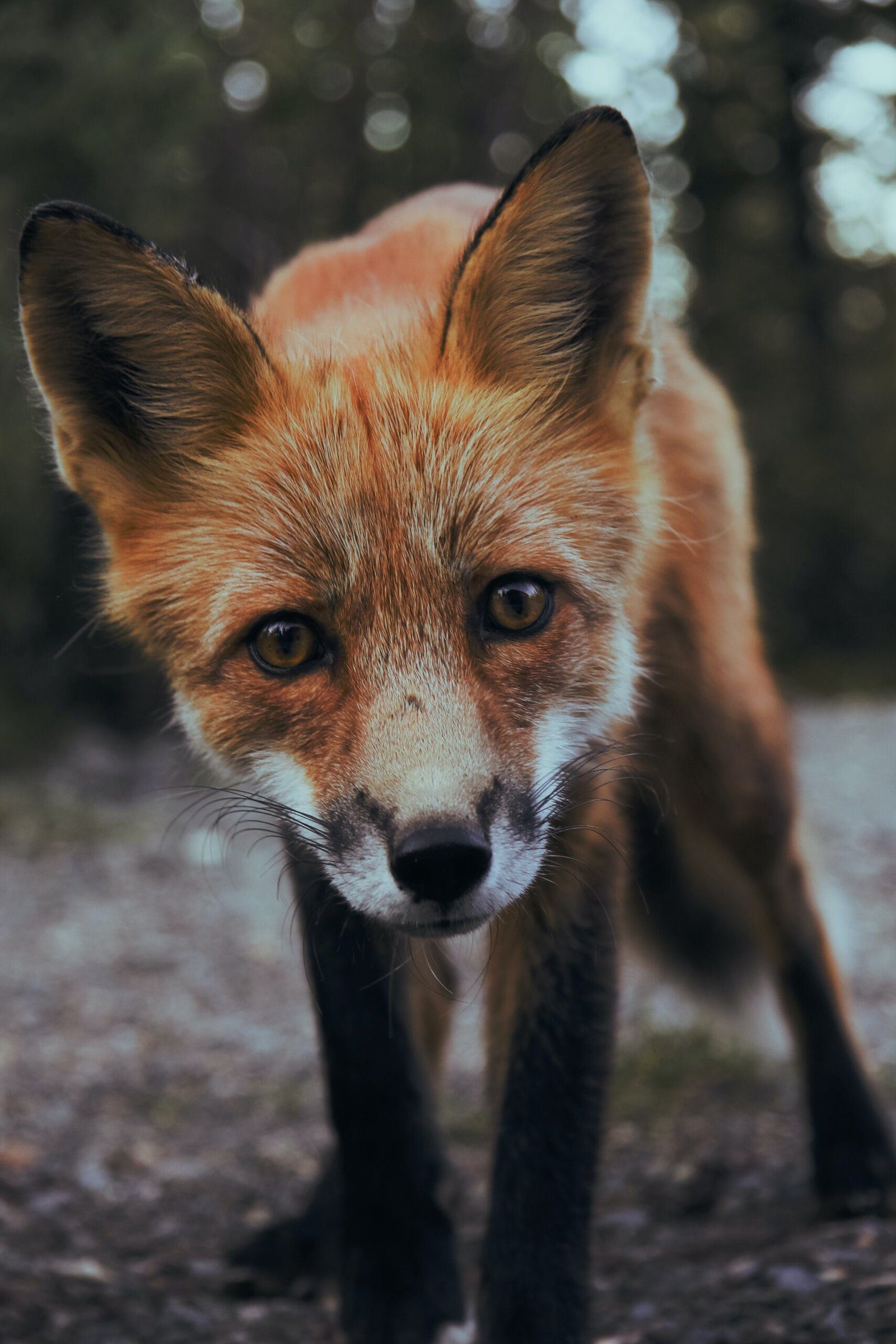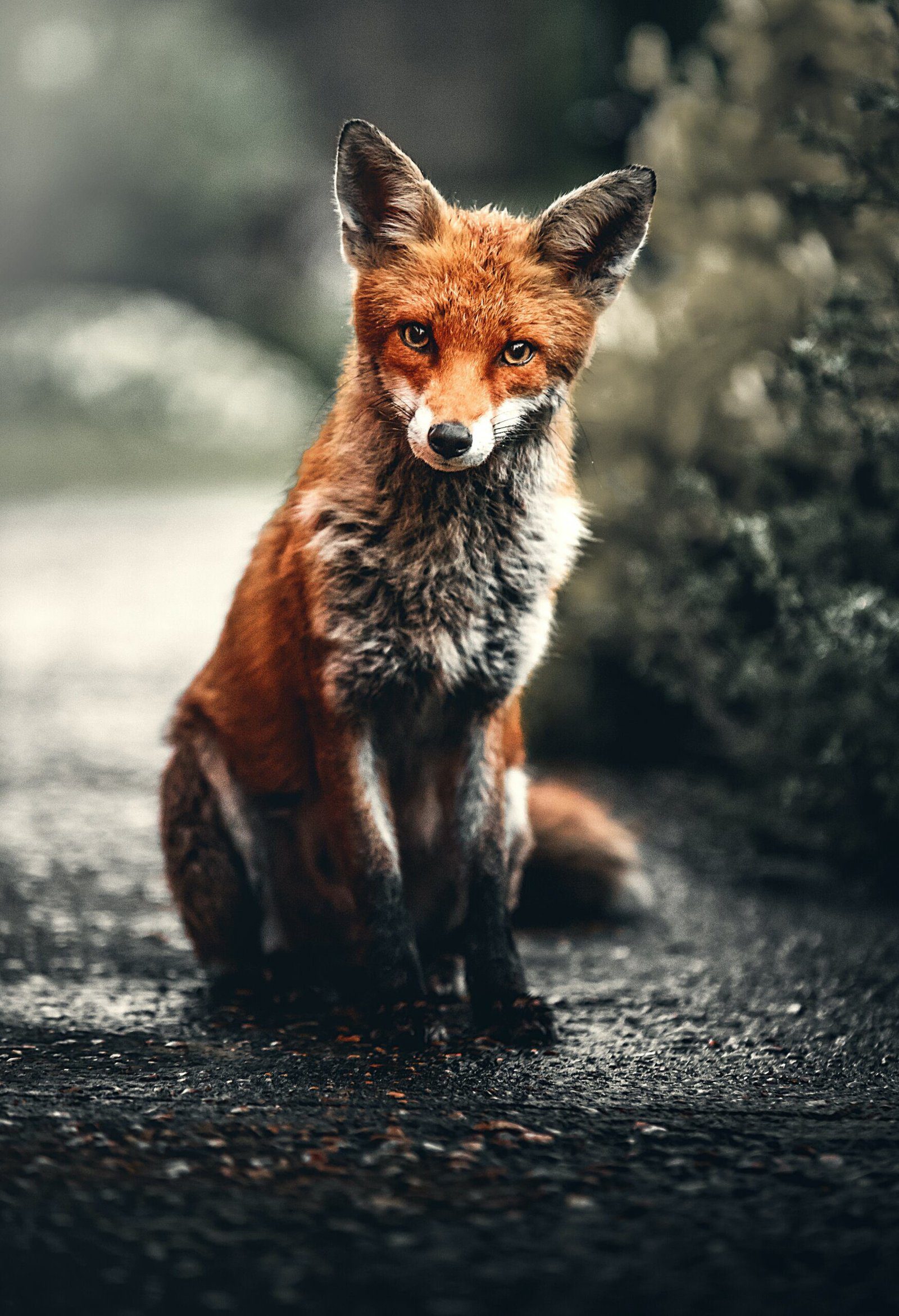Table of Contents
Have you ever heard of an animal that looks like a capybara? If not, prepare to be amazed by the fascinating world of creatures with uncanny resemblances to these adorable rodents. From the pudús of South America to the coypus of Europe, and even the nutrias of North America, these captivating animals share striking similarities with the lovable capybara. Join us as we take a closer look at these intriguing creatures and discover their remarkable resemblances to the world’s largest rodent.
Large Rodents

Beaver
The beaver is a large rodent known for its distinctive physical appearance and fascinating behaviors. It is easily recognizable with its stocky build, webbed hind feet, and broad flat tail covered in scales. Beavers can grow up to 3 to 4 feet long, making them one of the largest rodents in North America. They have short legs and a dense, waterproof fur that can vary in color from light to dark brown. Their powerful jaws and continuously growing incisors make them highly skilled at chewing through trees and building dams.
Beavers are primarily found in freshwater ecosystems, such as rivers, ponds, and lakes. They construct impressive lodges made from branches, sticks, and mud. These lodges serve as their homes and provide protection from predators. Additionally, beavers create dams by felling trees and using them to block streams, creating deep ponds that provide a suitable habitat for their aquatic lifestyle. These dams also have a beneficial impact on the environment, as they help regulate water levels and create wetland habitats that support diverse plant and animal species.
In terms of behavior, beavers are known for their impressive engineering skills. They use their sharp teeth to gnaw through trees and build their lodges and dams. By manipulating waterways and creating their own habitats, beavers can shape their environment to suit their needs. They are primarily active at night, spending their days sleeping in their lodges. Beavers are highly social creatures, living in small family groups consisting of a monogamous pair and their offspring.
Nutria
Nutria, also known as coypu, are another species of large rodent that shares some similarities with capybaras. They have a stout, round body with short legs and a small head. Their fur is typically brown or gray, and they have a long, scaly tail, similar to that of a beaver. Nutria are slightly smaller than capybaras, growing up to 2 feet in length. However, they can still reach a considerable size, making them one of the largest rodents in their native habitats.
Originally native to South America, nutria have been introduced to various countries around the world, where they have become an invasive species. These rodents are typically found in freshwater habitats such as marshes, swamps, and lakeshores. They are excellent swimmers and can also burrow into the banks of waterways. Nutria are herbivores, primarily feeding on plant matter such as aquatic vegetation, roots, and tubers.
In terms of behavior, nutria are mainly active during dusk and dawn. They are social animals that often live in small family groups or colonies. Nutria are known for their exceptional swimming abilities, using their webbed hind feet to navigate through water. They are also skilled diggers, using their sharp claws to excavate burrows in riverbanks or marshy areas. Despite being considered an invasive species in many regions, nutria play a vital ecological role by creating habitats for other organisms and influencing plant communities.

Capybara-like Rodents
Apart from beavers and nutria, there are other capybara-like rodents that share similar physical attributes and behaviors. These include maras, agoutis, cane rats, and pacas. While they may not be as well-known as beavers and nutria, these fascinating creatures play important roles in their respective ecosystems.
Maras
Maras, also known as Patagonian hares, are large rodents that resemble small deer or rabbits. They have a slender body with long legs, allowing them to move swiftly through their grassland habitats. Maras have a brownish-gray fur with distinctive white patches on their face and neck. They also have large ears that aid in detecting potential predators. These rodents are native to South America, particularly the Patagonian steppe and the Andean regions.
Maras are highly adaptable creatures, inhabiting various habitats ranging from grasslands to rocky areas. They are often found in small family groups and are known for their strong social bonds. Maras use a series of vocalizations, as well as scent marking, to communicate with one another. They are mainly herbivorous, feeding on grasses, herbs, and plant shoots.
Agoutis
Agoutis are medium-sized rodents that closely resemble capybaras, but in a smaller size. They have a compact body with short legs and a round head. Agoutis exhibit a wide range of color variations, including brown, gray, and orange. They have a coarse fur that offers them protection in their various habitats. Agoutis are found primarily in Central and South America, inhabiting tropical forests, savannas, and grasslands.
These rodents are known for their ability to bury and scatter-hoard seeds, playing a crucial role in seed dispersal and helping to maintain the biodiversity of their ecosystems. Agoutis have a solitary lifestyle and mark their territories with scent glands, leaving a distinct smell to deter potential intruders. They are primarily herbivores but may occasionally consume insects or small vertebrates.
Cane Rats
Cane rats, also known as grasscutters, are large rodents that resemble capybaras in their body shape. They have a stout body with short legs and a small head. Their fur is typically brown or gray, providing camouflage in their natural habitats. Cane rats are native to Africa, particularly in the grasslands and wetlands of West and Central Africa.
These rodents are primarily herbivorous, feeding on grasses, reeds, and crops. They are skilled swimmers and are often found near bodies of water. Cane rats live in family groups consisting of a dominant male, several females, and their young offspring. They are known for using their strong front teeth to cut grass and construct elaborate nests made from woven grass.
Pacas
Pacas are large rodents native to Central and South America, closely related to guinea pigs. They have a stocky body with short legs and a rounded head. Pacas have short, coarse fur that varies in color, ranging from dark brown to gray. They have a distinctive white or yellow patch of fur on their flanks, making them easily identifiable. These rodents primarily inhabit tropical rainforests and dense vegetation.
Pacas are primarily herbivorous, feeding on fruits, seeds, and various plant matter. They have the ability to store food in large cheek pouches, carrying it back to their nesting sites. Pacas are primarily nocturnal, resting during the day in burrows or tree hollows. They are solitary animals and are known to be highly vocal, using various calls to communicate with other individuals.
Small Capybara-like Mammals
In addition to the large capybara-like rodents mentioned above, there are smaller mammalian species that exhibit similarities in appearance and behavior.
Coypu
Coypus, also known as river rats or nutria, are similar in appearance to capybaras, but on a smaller scale. They have a rounded body covered in dense fur, with short legs and a round head. Coypus typically have brown or gray fur, allowing them to blend into their aquatic habitats. They are primarily found in freshwater environments, including rivers, swamps, and marshes.
Coypus are highly adapted to their semi-aquatic lifestyle, with partially webbed hind feet and a paddle-like tail for propulsion in the water. They are excellent swimmers and often construct burrows into riverbanks. Coypus primarily feed on aquatic vegetation, although they may also consume small vertebrates or insects. They are primarily active during the night and are known to be solitary creatures.
Agouti Paca
Agouti paca, also referred to as the paca, is a medium-sized rodent resembling a small capybara. They have a stout body with short legs and a rounded head. Agouti pacas have a dense fur coat that varies in color, ranging from reddish-brown to black. They are primarily found in Central and South America, inhabiting tropical forests, swamps, and grasslands.
Similar to their larger relative, the pacas are herbivorous, feeding on fruits, nuts, seeds, and leaves. They play an essential role in seed dispersal within their habitats. Pacas have a solitary lifestyle and rely on their excellent sense of smell to detect potential predators or food sources. They are primarily active during the night, seeking shelter in burrows during the day.
Degu
Degus are small rodents native to South America that share some physical attributes with capybaras. They have a slender body with short legs and a long tail. Degus are known for their soft, dense fur that varies in color, ranging from yellowish-brown to gray. These rodents primarily inhabit arid and semiarid environments, such as deserts, scrublands, and rocky areas.
Degus are herbivorous, primarily feeding on seeds, leaves, fruits, and bark. They have powerful jaws, enabling them to chew through tough vegetation. Degus are highly social animals, living in colonies with complex social structures. They communicate through a combination of vocalizations, scent marking, and body language. These intelligent rodents also exhibit an intricate system of burrows, with different sections serving various purposes.
Viscacha
Viscachas are small rodent species native to South America, particularly the Andean regions. They have a stocky body with short legs and a rounded head. Viscachas have dense, woolly fur that provides them with insulation in their high-altitude habitats. Their fur can vary in color, ranging from gray to brown, with white patches on their face and belly.
Viscachas are herbivorous, primarily feeding on grasses, leaves, and other plant matter. They have specialized teeth for grazing and efficiently digesting tough vegetation. Viscachas are mainly active during the day, foraging for food and socializing with others. They live in complex burrow systems, often sharing their tunnels with other individuals within their colony. These burrows provide protection from predators and extreme weather conditions.

Giant Otter
Although not a rodent, the giant otter deserves mention as it shares some characteristics with capybaras. Known for its sleek, elongated body and webbed feet, the giant otter is the largest member of the otter family. It can reach lengths of up to 6 feet, making it an impressive aquatic mammal. Giant otters have dense, waterproof fur that varies in color, predominantly brown with lighter patches on their throats and chests.
Giant otters inhabit the rivers, lakes, and wetlands of South America, particularly the Amazon basin. They are highly adapted for an aquatic lifestyle, with streamlined bodies and powerful tails for propulsion in the water. Giant otters are excellent swimmers and primarily feed on fish, although they may also consume crustaceans and small vertebrates.
These social creatures live in extended family groups, with a dominant breeding pair and their young offspring. They communicate through a series of vocalizations, including whistles, chirps, and growls. Giant otters are highly territorial, defending their territories from other, similar species. They are diurnal animals, primarily active during the daylight hours, when they engage in hunting, fishing, and playing.
In conclusion, the world of large rodents is diverse and fascinating. From beavers and nutria to a variety of capybara-like rodents, each species possesses unique physical attributes and behaviors. Whether it’s the beaver’s engineering skills, the nutria’s adaptability, or the mara’s swift movements, these creatures play important roles in their respective ecosystems. And even on a smaller scale, the coypu, agouti pacas, degus, and viscachas exhibit capybara-like characteristics, highlighting the interconnectedness of the animal kingdom. Lastly, although not a rodent, the giant otter stands out for its resemblance to capybaras and its impressive aquatic lifestyle. All of these creatures contribute to the diversity and wonder of the natural world, reminding us of the beauty and complexity of our planet’s wildlife.

